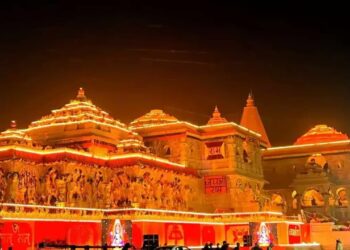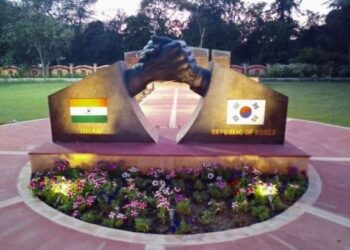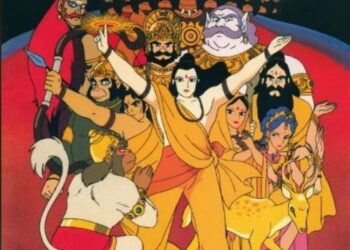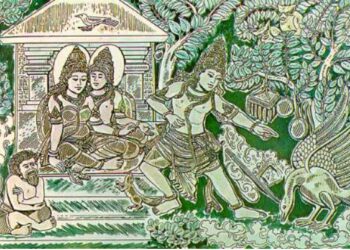Myanmar, a land steeped in rich cultural heritage, boasts a unique adaptation of the ancient Indian epic, the Ramayana. Known as the Yama Zatdaw, this Burmese interpretation weaves a mesmerizing tapestry of storytelling, dance, and music. In this article, we will explore the captivating world of Yama Zatdaw, shedding light on its cultural significance, distinctive features, and the profound moral lessons it imparts.
From Oral Tradition to Literary Treasure
The Ramayana story, known in Myanmar as Yama Zatdaw, arrived around the 11th century, initially transmitted through oral storytelling. Monks and court poets embellished the tale, incorporating elements of Theravada Buddhism and local folklore. By the 16th century, Yama Zatdaw found its way into written form, becoming an esteemed literary treasure.
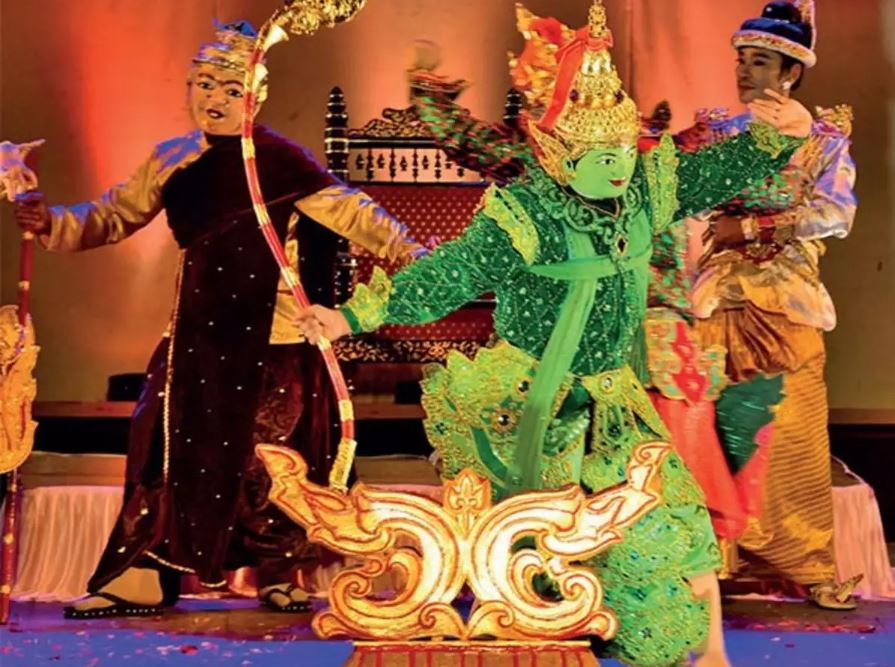
It transcends mere entertainment and serves as a moral compass, teaching valuable lessons about loyalty, righteousness, and devotion. The characters, particularly Rama and Sita, embody virtues revered in Burmese society.
The shared love for Ramayana serves as a bridge between Myanmar and India, fostering cultural understanding and appreciation. Exchanges of artists, scholars, and performers keep the epic’s spirit alive, enriching both nations.
Even today, Ramayana continues to captivate hearts and minds in Myanmar. From children reading comic book adaptations to adults attending Yama Zat pwe, the epic’s timeless themes resonate across generations.
A Fusion of Influences
Myanmar’s Yama Zatdaw is far more than a mere replication of the Indian story, the Ramayana; it emerges as a unique amalgamation of cultural influences, reflecting the historical connections and exchanges between Myanmar, India, and Thailand.
Beyond its roots in the Indian narrative, the Yama Zatdaw draws upon the Thai Ramakien, contributing to its distinctive character and leaving an enduring mark on artistic representations and performance styles.
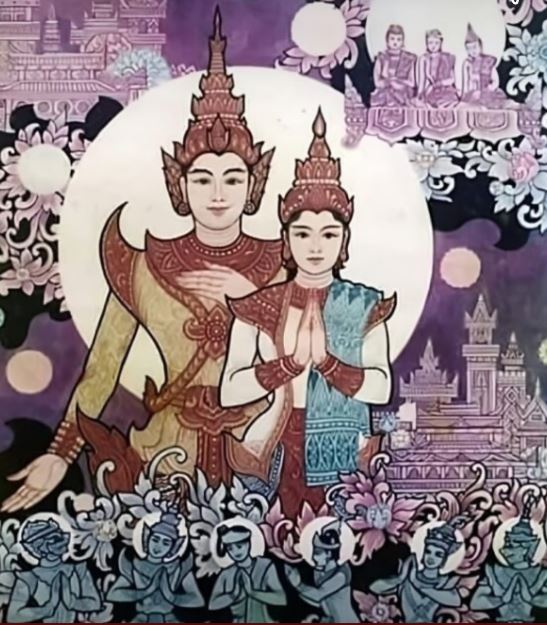
This dynamic synthesis is not a static copy but a living, evolving interplay of cultural influences nurtured over centuries. The historical ties between Myanmar and India facilitated the adaptation of the Ramayana, while the Thai influence added layers of richness to the Burmese rendition.
As audiences engage with the Yama Zatdaw, they witness a captivating cultural phenomenon, uniquely Burmese yet intricately woven with broader Asian narratives, celebrating the interconnectedness of cultures and the enduring legacy of Myanmar’s artistic expression.
Distinctive Features of Yama Zatdaw
Several distinct features set Yama Zatdaw apart from other Ramayana adaptations:
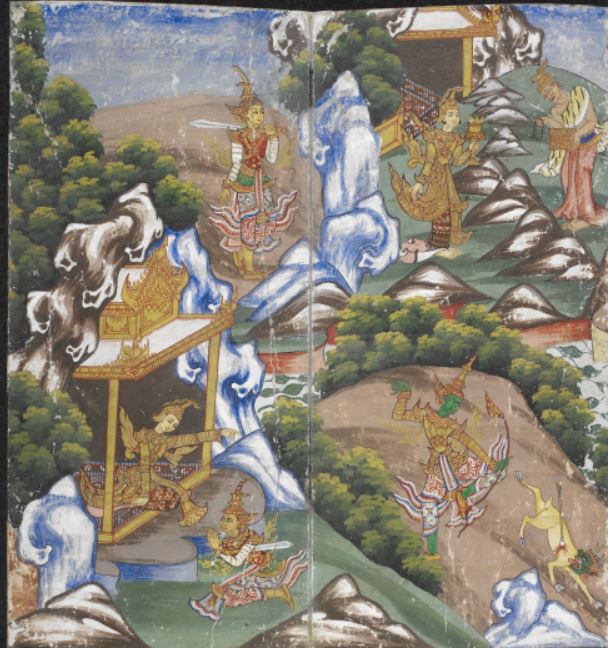
- Emphasis on Buddhist principles: The influence of Theravada Buddhism is evident in the portrayal of characters and themes. For instance, Rama is often depicted as a patient and compassionate ruler, embodying Buddhist ideals.
- Focus on Hanuman: The monkey god Hanuman plays a more prominent role in Yama Zatdaw compared to other versions. His devotion to Rama and his feats of strength are celebrated in many stories and performances.
- Unique artistic representations: Burmese artists have created their own visual language for depicting Ramayana scenes. Vibrant murals, intricate lacquerware, and expressive marionettes bring the epic to life in a uniquely Burmese style.
Yama Zatdaw Performances: A Spectacle of Storytelling
Yama Zat pwe, elaborate theatrical performances of the epic, are a cherished tradition in Myanmar.
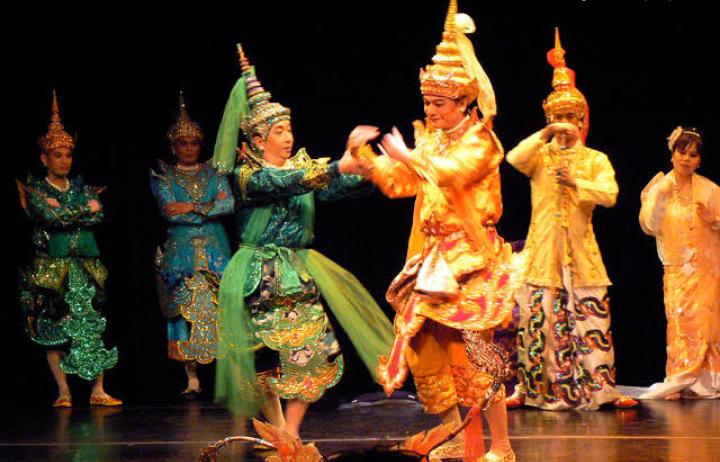
These performances can last for days, with each episode captivating audiences with a blend of music, dance, and drama.
- Marionette Shows: Traditional Burmese marionette shows, known as yokthe pwe, bring the Ramayana characters to life in a mesmerizing display of puppetry skill. The intricate puppets, often carved from wood or lacquer, are manipulated by skilled puppeteers who breathe life into the epic tale.
- Dance and Music: Burmese dance and music play a central role in Yama Zat pwe. Traditional dances like the zat pwe and the marionette dances depict key scenes from the epic, while musicians provide a haunting and evocative soundtrack.
A Legacy that Endures
Beyond the spectacle, Yama Zatdaw offers profound moral lessons that continue to resonate with audiences today. Some of the key themes explored in the epic include:
- The importance of duty and righteousness: Rama’s unwavering commitment to his duty, even in the face of great personal sacrifice, serves as a model for righteous conduct.
- The power of loyalty and devotion: The unwavering loyalty of Hanuman to Rama highlights the importance of devotion and faithfulness in relationships.
- The triumph of good over evil: The ultimate victory of Rama over Ravana underscores the belief that good will ultimately prevail over evil.
Conclusion
Myanmar’s Yama Zatdaw is more than just a retelling of an ancient story; it’s a living cultural tradition that continues to shape the hearts and minds of people in Myanmar. Through its captivating performances, intricate art forms, and profound moral lessons, Yama Zatdaw offers a window into the rich cultural heritage of Myanmar and the enduring legacy of the Ramayana.


